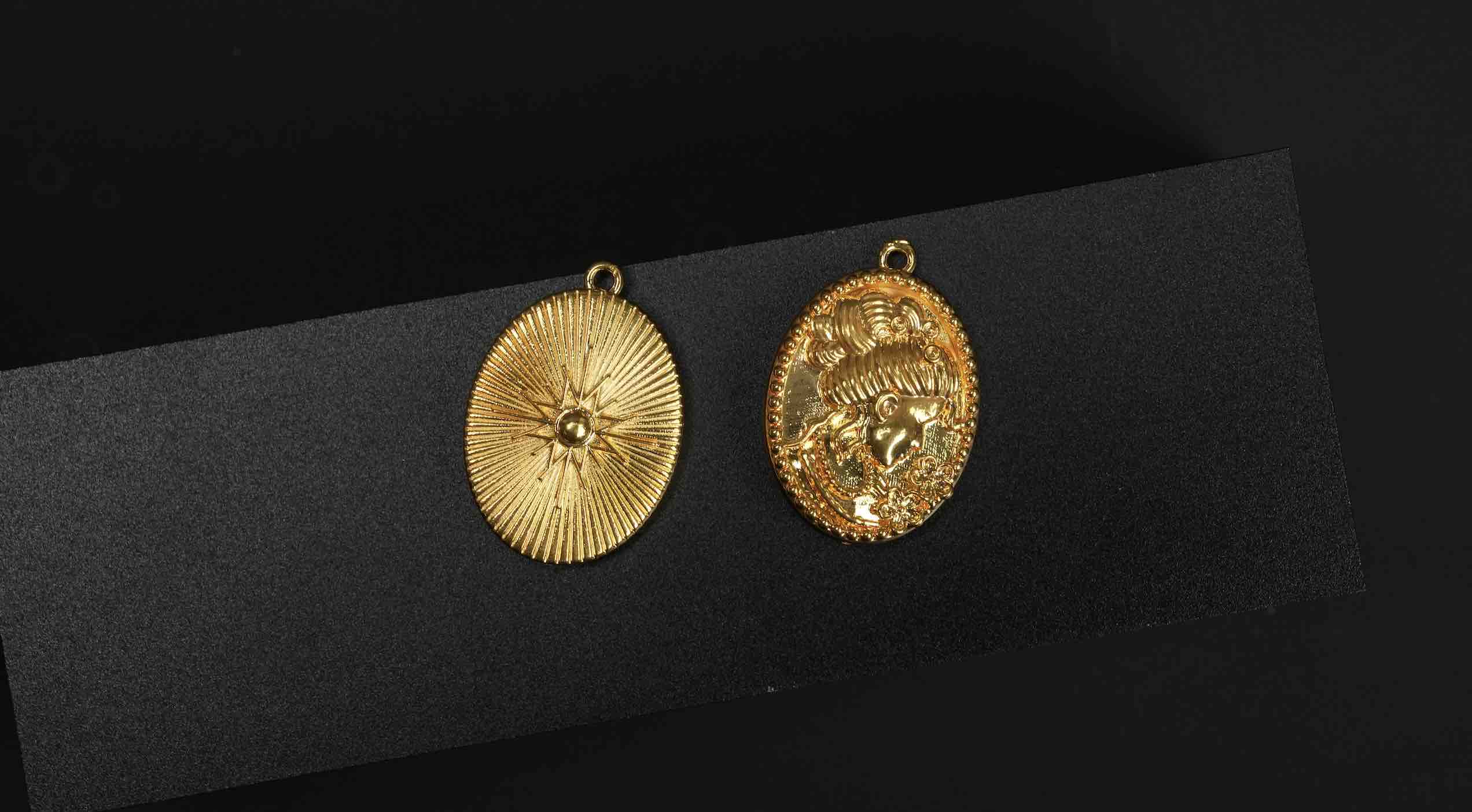In today’s fast-paced manufacturing and product development landscape, speed and efficiency are critical. Companies across industries—from automotive to consumer electronics—rely on rapid prototyping to iterate designs, test functionality, and bring products to market faster. One of the most powerful tools enabling this process is the 3D printing farm, a scalable solution that enhances prototyping capabilities like never before.
 What is a 3D Printing Farm?
What is a 3D Printing Farm?
A 3D printing farm consists of multiple 3D printers operating simultaneously under a centralized management system. Unlike single-printer setups, a farm allows for high-volume, parallel production of prototypes, reducing lead times and increasing efficiency.
Why Use a 3D Printing Farm for Prototyping?
1. Accelerated Development Cycles
Traditional prototyping methods, such as CNC machining or injection molding, can be time-consuming and costly. A 3D printing farm enables businesses to produce multiple iterations of a prototype in parallel, drastically cutting down development time.
In metal tooling manufacturing, 3D printing is rewriting the rules of production:
-
40-60% cost reduction: Compared to CNC machining, 3D printed custom molds save significant material and labor costs
-
70% faster delivery: Complete designs can be produced in as little as 24 hours
-
Complex geometry enabled: Can produce conformal cooling channels and other intricate structures difficult for CNC
2. Cost-Effective Iterations
With rapid prototyping, design flaws can be identified and corrected early, saving money on expensive tooling or post-production modifications. A 3D printing farm allows for low-cost, high-speed adjustments, making it ideal for startups and large enterprises alike.
3. Scalability for High-Volume Testing
Need to test multiple design variations at once? A 3D printing farm can produce dozens or even hundreds of prototypes simultaneously, ensuring thorough validation before mass production.
4. Material & Technology Flexibility
From PLA and ABS for basic prototypes to engineering-grade resins and composites for functional testing, 3D printing farms support a wide range of materials. Advanced farms can also integrate different printing technologies (FDM, SLA, SLS) to match specific prototyping needs.
Key Industries Benefiting from 3D Printing Farm Prototyping
Automotive & Aerospace
-
Rapid prototyping of lightweight, high-strength components
-
Functional testing of aerodynamic and ergonomic designs
Consumer Electronics
-
Fast iteration of housings, buttons, and internal mechanisms
-
Customized prototypes for user testing
Medical & Dental
The U.S. Food and Drug Administration recognizes 3D printing's potential, having already cleared over 100 medical devices produced through additive manufacturing. These include orthopedic implants, surgical guides, and even drug delivery systems.
Industrial Design & Architecture
Arup and CLS Architetti pioneered Europe's first 3D-printed concrete house in Milan, built onsite in just two weeks using mobile robots. Technology enables:
-
Precision & Speed: Curved walls printed layer-by-layer with zero material waste.
-
Sustainability: Recycled materials and reduced landfill waste (32% industry average).
-
Onsite Flexibility: Mobile robots print custom designs in real time, slashing costs and delays.
A game-changer for housing shortages and eco-friendly builds. Learn more in the full
AM in Construction.
Optimizing Your 3D Printing Farm for Prototyping
To maximize efficiency, consider:
Advanced scheduling algorithms dynamically optimize multi-machine task allocation and print queue prioritization. Peer-reviewed studies show this reduces machine idle time by 30% while eliminating manual scheduling errors.
Modern 3D printing farms use AI-powered monitoring to minimize downtime. HD cameras detect print failures like warping or clogs, while sensors track temperature, vibration, and filament flow. The system automatically pauses faulty prints and alerts technicians, preventing wasted time and materials. Cloud dashboards provide real-time oversight of all machines from anywhere. This cuts unplanned downtime by 50% and enables reliable 24/7 production - critical for fast-paced prototyping.
Choosing the right 3D printing materials cuts waste and boosts performance. For durable prototypes, PETG or nylon outperform basic PLA. Heat-resistant ABS suits high-temp testing. Advanced slicing software minimizes supports and optimizes infill patterns, reducing material use by 30-50%. This precision lowers costs while improving prototype quality - ideal for rapid iterations.
Conclusion
A 3D printing farm revolutionizes rapid prototyping by offering speed, scalability, and cost-efficiency unmatched by traditional methods. Whether you're a startup refining a product or an enterprise streamlining R&D, integrating a 3D printing farm into your workflow can significantly enhance innovation and time-to-market.
Interested in setting up a 3D printing farm for your prototyping needs? Contact us today to learn how our solutions can accelerate your development process!
 What is a 3D Printing Farm?
What is a 3D Printing Farm?






